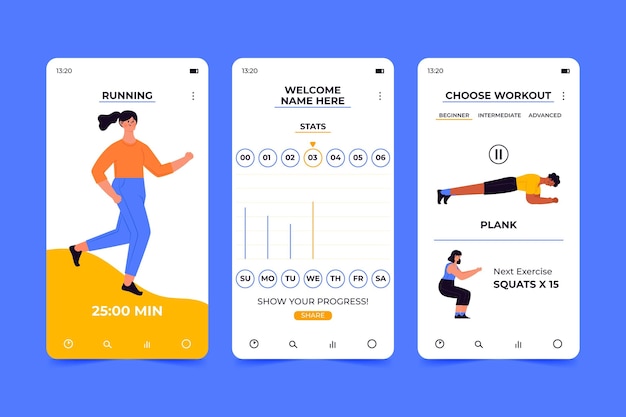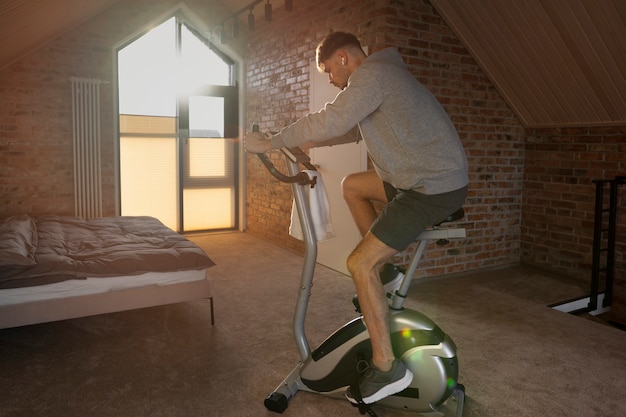Running is one of the most accessible and effective forms of cardiovascular exercise—no gym, no gear, no excuses. Whether you're a beginner building endurance or an experienced runner refining your routine, a structured 40-minute no-equipment running plan can boost stamina, burn calories, and improve overall fitness. This article delivers a complete, coach-style guide to a smart, sustainable 40-minute run, complete with form pointers, modifications, and practical tips to keep you injury-free and motivated.
A 40-minute run strikes the perfect balance between time efficiency and physiological benefit. It’s long enough to elevate your heart rate into the fat-burning and aerobic zones, yet short enough to fit into a busy schedule. Without needing equipment, this workout removes barriers to entry—ideal for early mornings, travel, or home-based fitness.
Research and fitness experts consistently highlight the benefits of moderate-duration cardio: improved cardiovascular health, enhanced lung capacity, better mood regulation, and increased calorie expenditure. When paired with proper form and pacing, a 40-minute run becomes a powerful tool for long-term health.

This routine is designed to be completed outdoors or on a treadmill. It includes a warm-up, main run segments, and a cool-down—each phase essential for performance and recovery.
Professional coaching isn’t just for elite athletes. Applying expert techniques can transform your run from casual to effective.
Good running form prevents injury and improves efficiency. Focus on these key areas:

Not every run has to be the same. Adjust based on energy, terrain, or experience.
Running is repetitive, making recovery crucial. After your 40-minute session:
A 40-minute no-equipment running plan is more than just a workout—it’s a sustainable habit that supports lifelong health. With attention to form, pacing, and recovery, you can make steady progress without complexity or cost. Whether you're running for fitness, stress relief, or personal challenge, this routine offers structure, flexibility, and real results.
Lace up, head out, and own your run—one stride at a time.

Fitness

Fitness

Fitness

Fitness

Fitness

Fitness

Fitness

Fitness

Fitness

Fitness

Fitness

Fitness

Health

Fitness

Health

Health